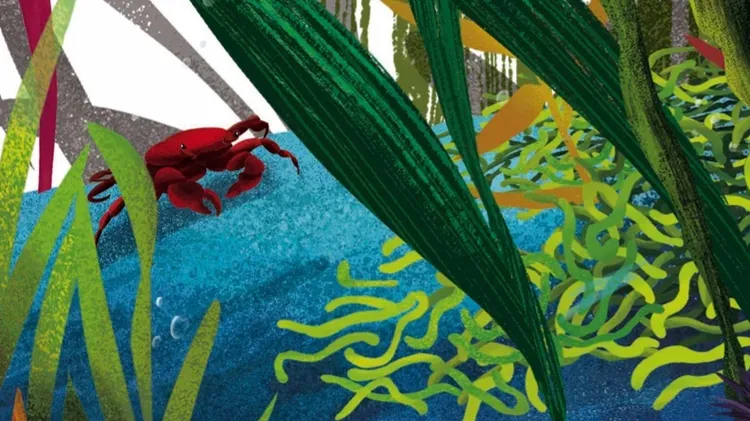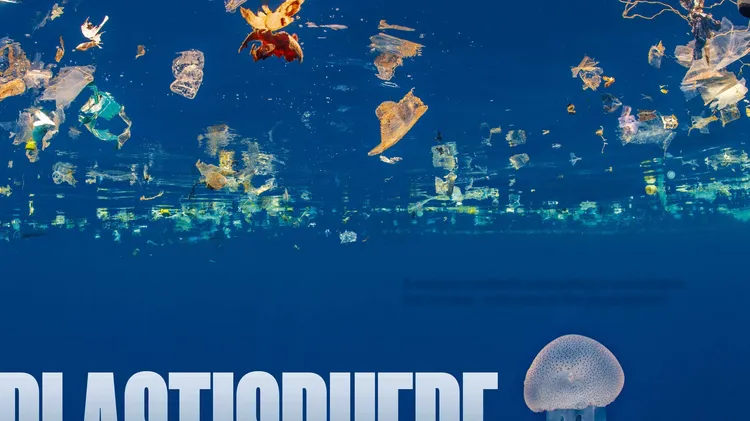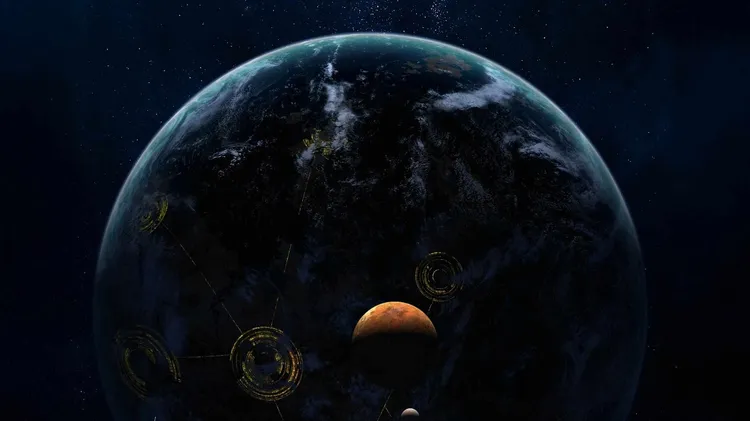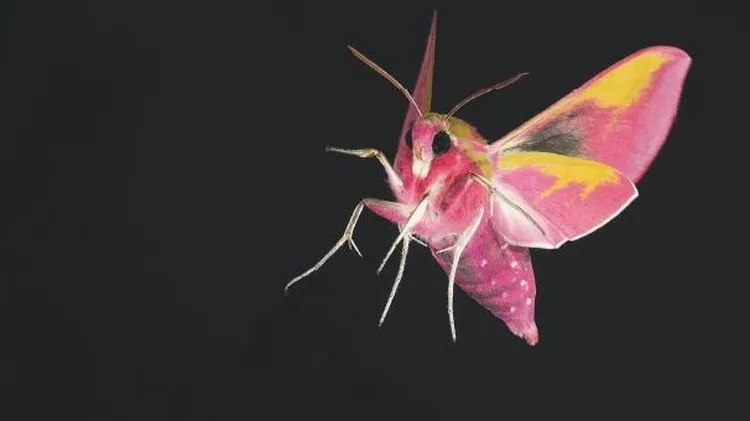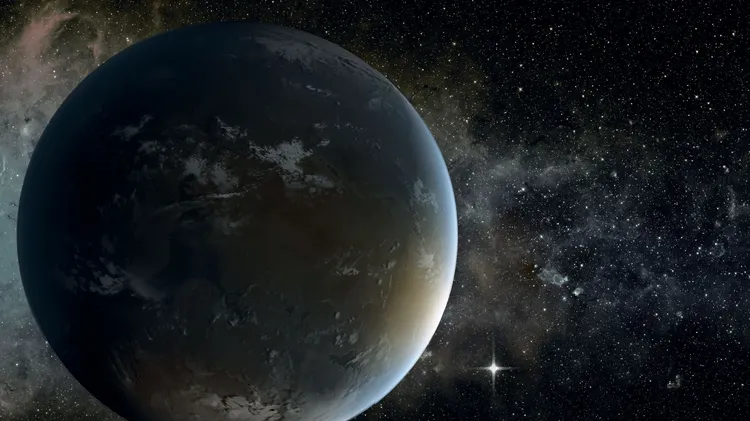“Is creating an interstellar human population really possible?”
Gillian burke
2 min read
This article is from...
Read this article and 8000+ more magazines and newspapers on Readly


